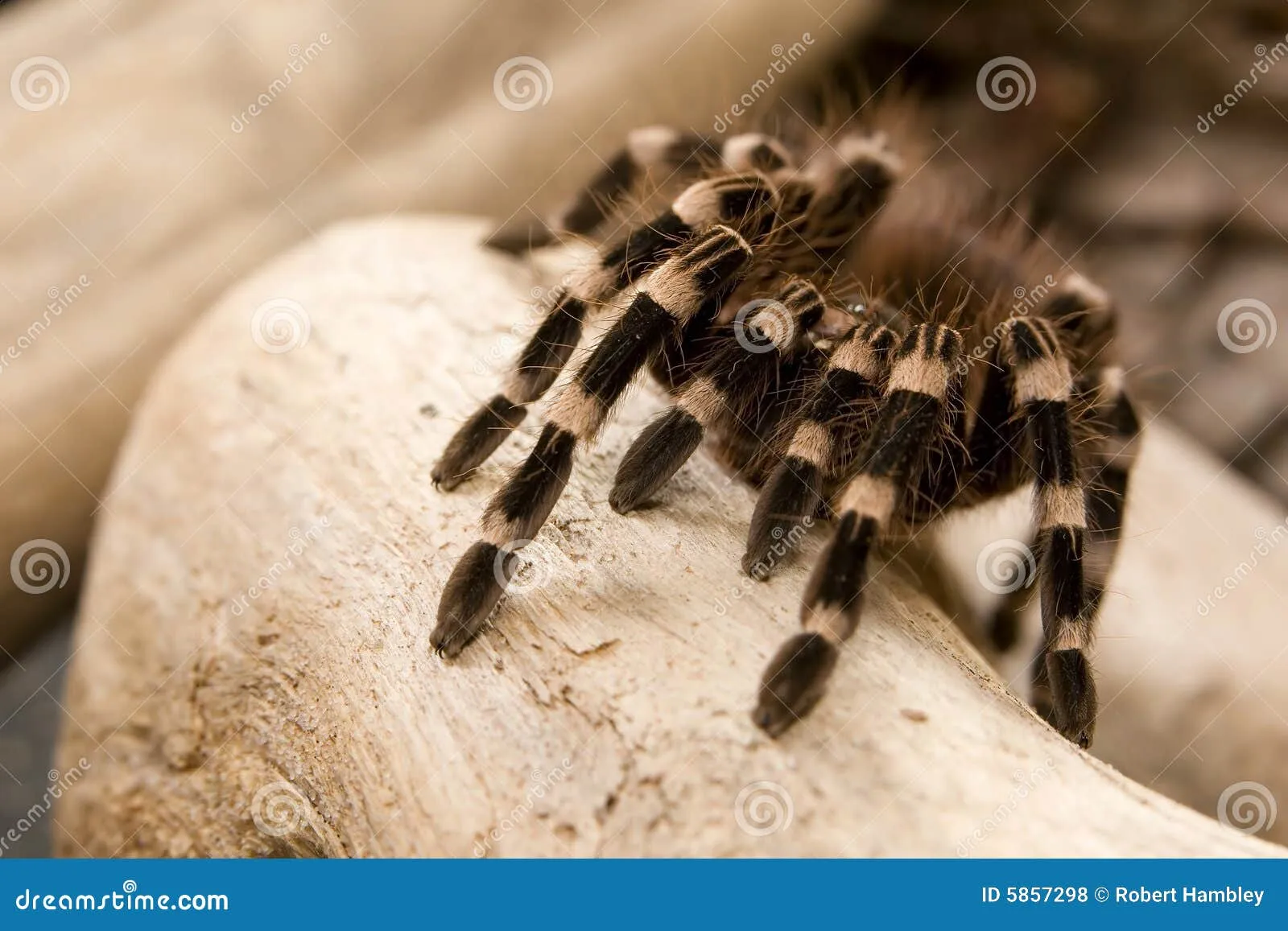Brazilian Black and White Knee Tarantula Care: A Comprehensive Guide
The Brazilian Black and White Knee Tarantula (Acanthoscurria geniculata) is a fascinating and relatively easy-to-care-for pet, making it a popular choice among tarantula enthusiasts. Known for its striking black body and distinctive white bands on its legs, this species offers a captivating glimpse into the world of arachnids. This comprehensive guide will provide you with all the necessary information to ensure your tarantula thrives in captivity, from setting up its ideal habitat to understanding its specific needs and behaviors. Owning a tarantula is a rewarding experience, and with the right knowledge, you can enjoy observing these amazing creatures in their full glory. This guide will cover all aspects, including enclosure setup, feeding, handling, and recognizing potential health issues, enabling you to provide the best possible care for your new pet.
Understanding the Brazilian Black and White Knee Tarantula
Origin and Habitat of the Tarantula
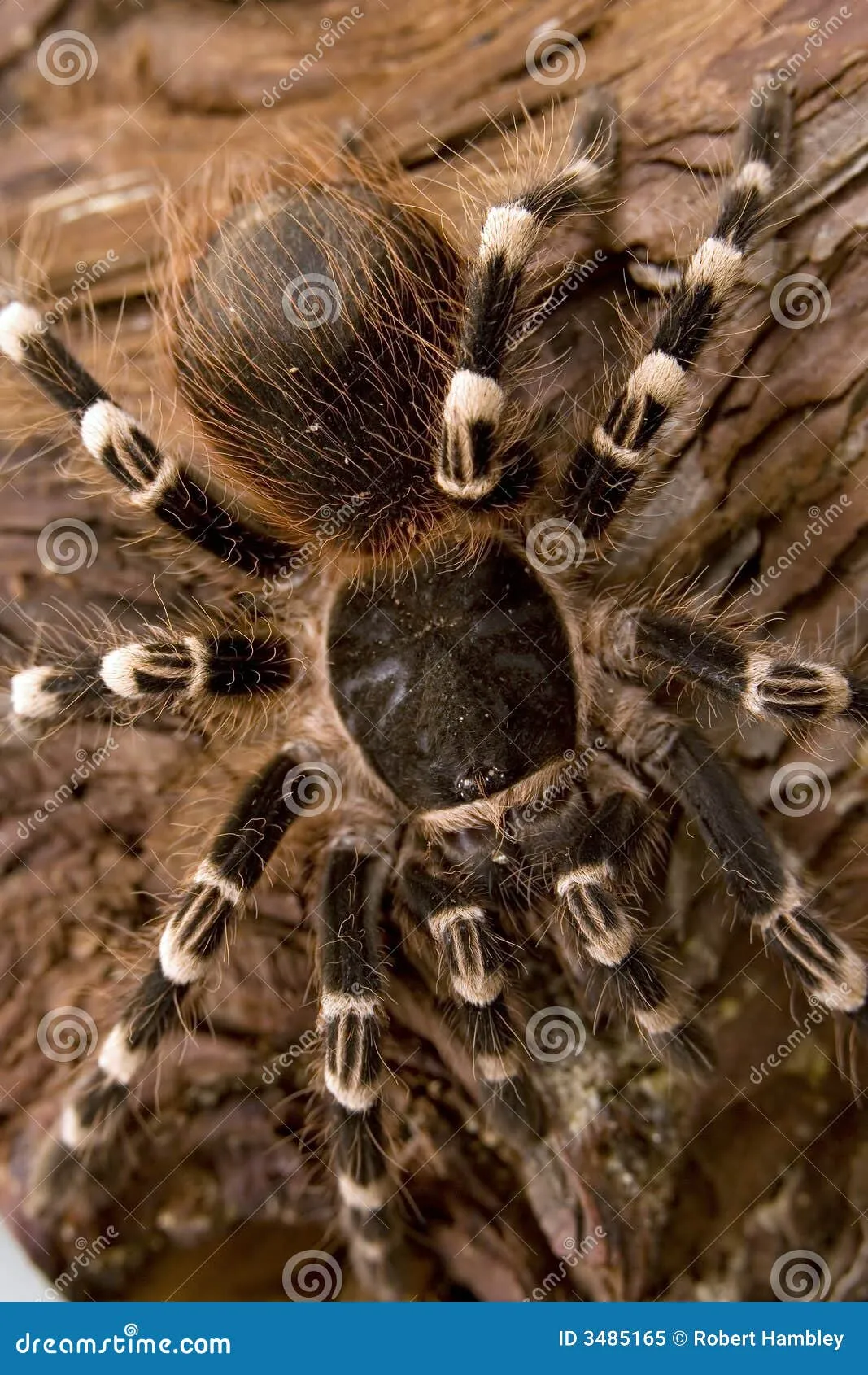
Brazilian Black and White Knee Tarantulas are native to the tropical rainforests of Brazil, specifically regions with warm, humid climates. In their natural environment, they are terrestrial spiders, meaning they live on the ground, often in burrows or under logs and rocks. Understanding their natural habitat is crucial for replicating a suitable environment in your home. These tarantulas thrive in conditions that mimic their native surroundings, ensuring their comfort and well-being. These spiders are well-adapted to these environments, and their care requirements are closely tied to the conditions they evolved in.
Physical Characteristics of the Tarantula
The Brazilian Black and White Knee Tarantula is easily recognizable due to its striking appearance. Adults can reach a leg span of up to 7-9 inches, with females generally being larger than males. Their bodies are predominantly black, and their legs are adorned with prominent white bands, giving them their distinctive name. The coloration provides excellent camouflage in their natural habitat. This tarantula is known for its relatively docile temperament, making it a suitable pet for those new to tarantula ownership. Their size and striking appearance make them a captivating addition to any collection.
Setting Up the Perfect Enclosure
Choosing the Right Enclosure Size
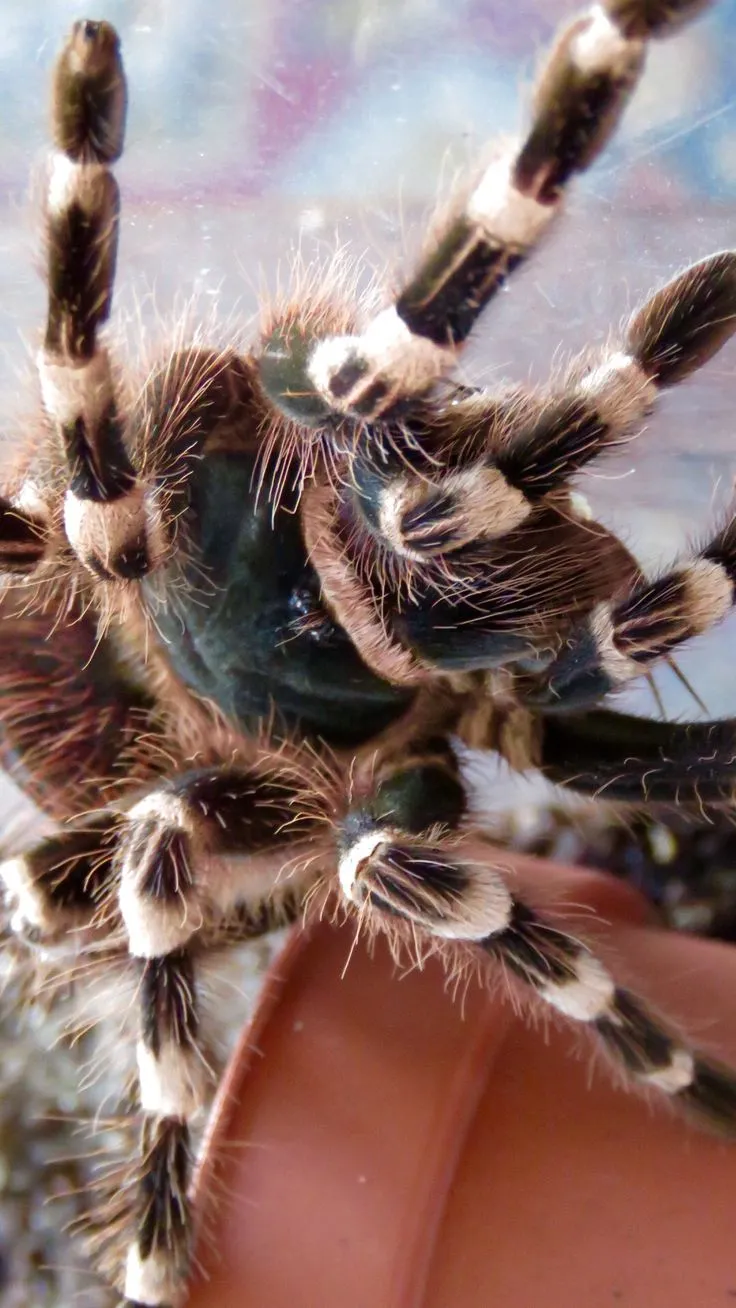
The size of the enclosure is a critical factor in your tarantula’s well-being. A juvenile tarantula can be housed in a smaller enclosure, such as a 5-gallon tank. However, as the tarantula grows, it will need a larger space. For an adult Brazilian Black and White Knee Tarantula, a 10-20 gallon tank is recommended. The enclosure should be wider than it is tall, as this species is terrestrial and prefers horizontal space. Ensure the enclosure has a secure lid to prevent escape. Adequate ventilation is also important to maintain air quality and prevent mold growth within the enclosure. The right size will ensure the tarantula feels secure and has ample space to move around.
Substrate Selection for Your Tarantula
The substrate is the bedding material that lines the bottom of the enclosure, and it plays a vital role in humidity regulation and burrowing. A good substrate for a Brazilian Black and White Knee Tarantula should retain moisture and allow the spider to burrow if it chooses. A mix of coconut fiber, peat moss, and a small amount of vermiculite works well. Avoid substrates that are too dusty or can harbor mites. The substrate should be deep enough to allow the tarantula to burrow, typically 4-6 inches. Regular spot cleaning of the substrate is essential to maintain hygiene and prevent the buildup of waste. Make sure to replace the substrate entirely every few months to keep it fresh and clean.
Providing Essential Hiding Places
Tarantulas are naturally shy and benefit from having secure hiding places in their enclosure. Provide a hide, such as a piece of cork bark, a half log, or a commercially available tarantula hide. This will give your tarantula a safe space where it can retreat and feel secure, reducing stress and promoting a sense of well-being. Position the hide in a way that the tarantula can easily access it. The hide should be large enough for the tarantula to comfortably fit inside. Adding plants, either live or artificial, can also enhance the enclosure’s aesthetic appeal and provide additional security. The right hide will make your tarantula feel comfortable and help it exhibit its natural behaviors.
Maintaining Optimal Temperature and Humidity
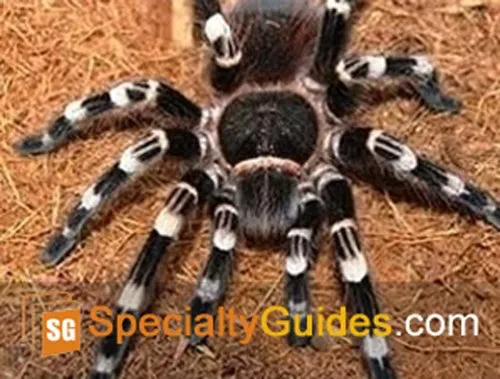
Temperature Requirements for a Healthy Tarantula
Maintaining the correct temperature is crucial for your tarantula’s health and activity levels. The ideal temperature range for a Brazilian Black and White Knee Tarantula is between 75-85°F (24-29°C). You can monitor the temperature using a thermometer placed inside the enclosure. If your home is cooler than this range, you may need to use a heat source, such as a heat mat or a ceramic heat emitter, to maintain the appropriate temperature. Place the heat source on one side of the enclosure to create a thermal gradient, allowing the tarantula to regulate its body temperature. Avoid placing the heat source directly under the enclosure, which can overheat the substrate and potentially harm your tarantula. Proper temperature control will ensure your tarantula is comfortable and active.
Humidity Levels for Your Tarantula
Humidity is another important factor to consider. The Brazilian Black and White Knee Tarantula requires a humidity level of 65-75%. You can monitor the humidity using a hygrometer. To maintain the correct humidity, lightly mist the enclosure with water every few days, or as needed, to keep the substrate slightly moist. Avoid over-misting, as this can lead to mold growth. Ensure the enclosure has adequate ventilation to prevent excessive moisture buildup. The combination of the right temperature and humidity will mimic the tarantula’s natural environment, supporting its overall health and well-being. Careful monitoring and adjustment will ensure your tarantula thrives.
Feeding Your Brazilian Black and White Knee Tarantula
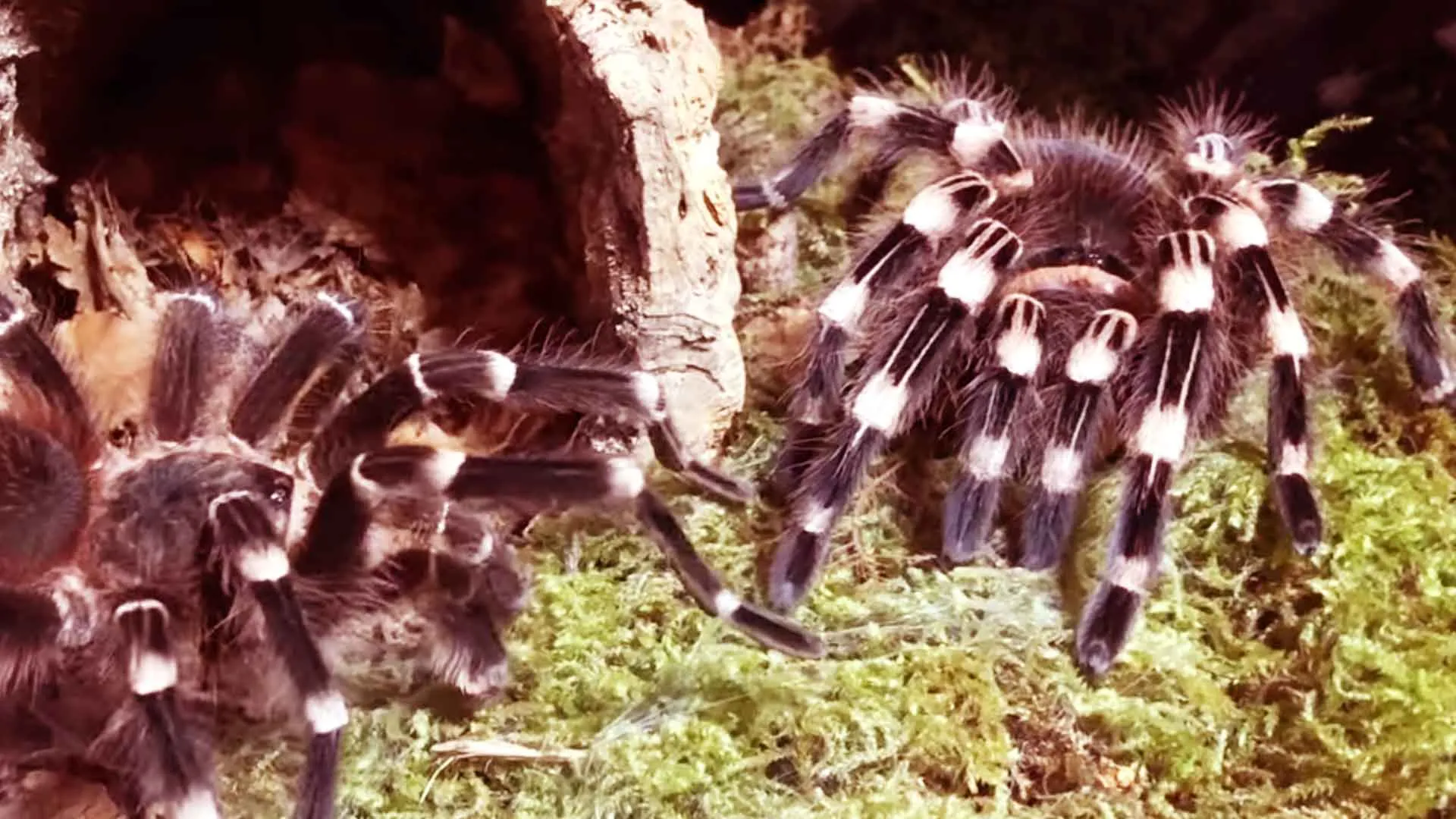
What to Feed Your Tarantula
The Brazilian Black and White Knee Tarantula is an opportunistic feeder, primarily consuming insects. Suitable food items include crickets, mealworms, dubia roaches, and other commercially available insects. The size of the food item should be appropriate for the size of your tarantula; the prey should be no larger than the tarantula’s body. Avoid feeding wild-caught insects, as they may carry parasites or pesticides. It’s important to dust the insects with a calcium and vitamin supplement before feeding them to your tarantula. Variety in the diet is beneficial, so offer different types of insects to ensure a balanced nutritional intake. Providing a varied diet will contribute to the tarantula’s health and growth.
Feeding Frequency and Schedule
The feeding frequency depends on the tarantula’s age and size. Spiderlings and juveniles should be fed more frequently, typically 2-3 times per week. Adult tarantulas can be fed once every 1-2 weeks. Observe your tarantula’s behavior and appetite. If it’s refusing food, it may be in pre-molt or not hungry. Remove any uneaten prey within 24 hours to prevent stress and potential injury to the tarantula. Always provide a shallow water dish with fresh, clean water. Adjust the feeding schedule based on your tarantula’s growth and activity level. Regular feeding and observation will help you maintain a healthy tarantula.
Watering Your Tarantula
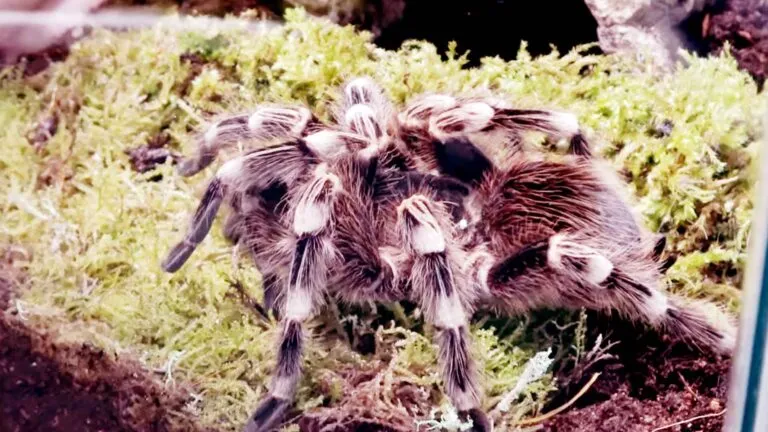
Fresh water is essential for your tarantula’s survival. Provide a shallow water dish that is easily accessible. The dish should be shallow enough to prevent drowning, especially for smaller tarantulas. Replace the water regularly to keep it clean and prevent the growth of bacteria or algae. In addition to the water dish, you can mist the enclosure to maintain humidity, particularly during molting. Ensure the water dish is stable and not easily tipped over. Providing clean water is a fundamental aspect of tarantula care, ensuring the tarantula stays hydrated and healthy. Always use dechlorinated water or bottled spring water.
Handling and Safety Precautions
Safe Handling Techniques
While the Brazilian Black and White Knee Tarantula is known for its relatively docile temperament, it’s important to handle it with care. Always approach handling with respect and caution. The best way to handle a tarantula is to gently coax it onto your hand. Avoid sudden movements or loud noises, as these can startle the tarantula and make it more likely to act defensively. Handle the tarantula close to the ground or a soft surface in case it falls. Wash your hands thoroughly before and after handling to prevent the spread of bacteria. If you’re a beginner, it is advisable to avoid handling your tarantula, particularly in the beginning, and prioritize observation instead. Handling should always be done with care and awareness.
Recognizing Signs of Stress or Illness
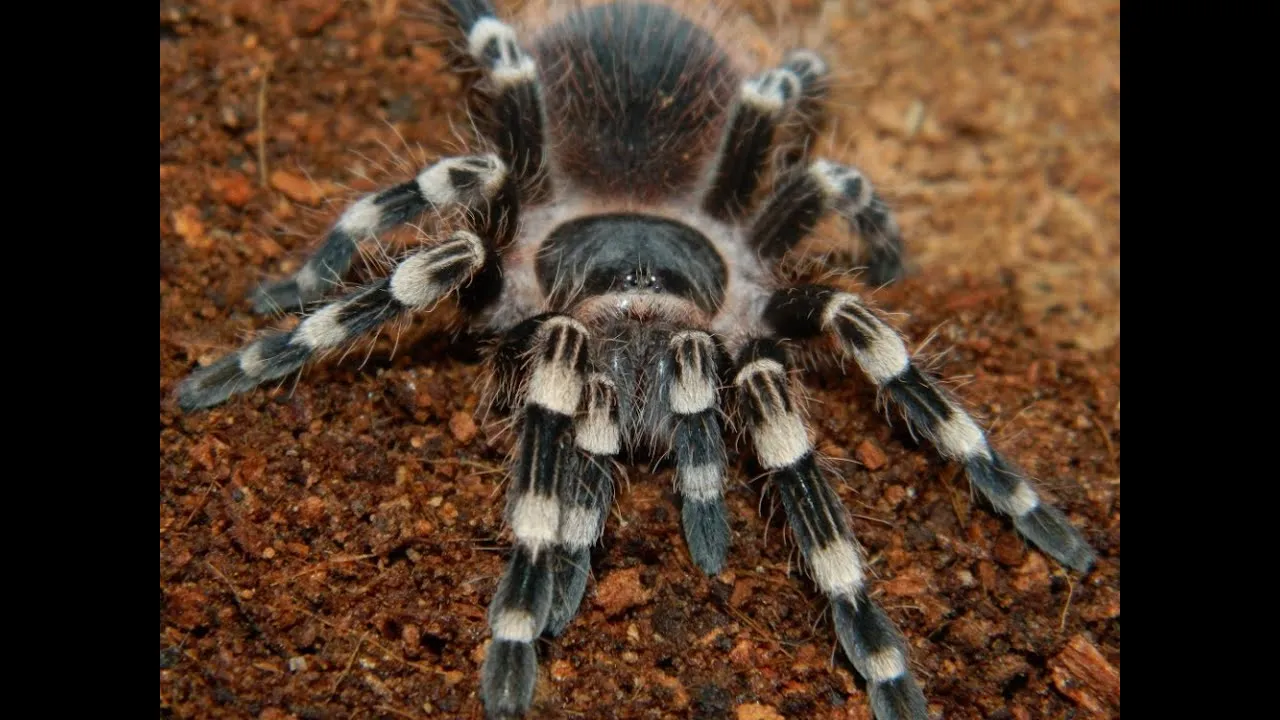
It’s essential to be able to recognize signs of stress or illness in your tarantula. Some common signs include loss of appetite, lethargy, unusual posture, or excessive burrowing. If your tarantula stops eating, it could be in pre-molt or be experiencing a health issue. A tarantula that is constantly burrowing may be trying to escape unfavorable enclosure conditions. If you observe any of these signs, check the temperature, humidity, and overall environment of the enclosure. If the problem persists, consult with a veterinarian specializing in exotic animals. Early detection and intervention are crucial for ensuring your tarantula’s well-being and promoting its health. Regular observation can help you quickly identify any potential problems.
Common Health Issues and Solutions
Like any pet, Brazilian Black and White Knee Tarantulas can be susceptible to certain health issues. Some common problems include fungal infections, mite infestations, and injuries during molting. Fungal infections can occur if the enclosure is too humid or poorly ventilated. Mite infestations can be managed by removing infested substrate and cleaning the enclosure thoroughly. Injuries during molting can be minimized by providing a suitable environment and avoiding disturbance during the molting process. Consult a veterinarian if you notice any signs of illness. Proper hygiene, regular monitoring, and a suitable environment will help prevent many health problems and keep your tarantula healthy. Seeking expert advice can be very helpful.
Molting: A Natural Process
Preparing for a Molt
Molting is a natural process in which tarantulas shed their exoskeleton to grow. Before molting, your tarantula may stop eating, become less active, and start to build a web mat. It may also change its posture, often lying on its back. During this period, it’s important to maintain the correct temperature and humidity levels and avoid disturbing the tarantula. Do not attempt to handle or feed your tarantula during pre-molt or molting. Provide a stress-free environment to minimize any potential problems. Proper preparation will contribute to a successful molting process and help your tarantula thrive.
Post-Molt Care
After molting, your tarantula will be vulnerable and its new exoskeleton will be soft. Avoid handling your tarantula for a week or two after molting to allow its exoskeleton to harden. Provide plenty of water. Your tarantula will typically start eating again a week or two after molting. Monitor the tarantula and its enclosure. Successful molting is a sign of a healthy tarantula, and proper post-molt care is essential. Providing a stress-free environment and avoiding disturbance will ensure your tarantula recovers quickly. The molt is a sign of growth and will contribute to its long-term well-being.
Breeding Your Brazilian Black and White Knee Tarantula
Identifying Males and Females
If you are considering breeding your Brazilian Black and White Knee Tarantula, you’ll first need to determine the sex of your tarantulas. This can be done by examining the tarantula’s underside, specifically the presence of a spermatheca in the female. Males typically have a small hook on their front legs. However, sexing tarantulas can be challenging, and it is best done by experienced keepers. Consulting a professional or online resources can provide the help needed. Careful sex determination is the first step to successful breeding. Knowing the gender is the key element in breeding and reproduction.
The Mating Process
The mating process involves introducing a mature male to a mature female. It’s important to supervise the process closely, as the female may be aggressive. The male will typically drum on the substrate to signal his intentions. If the female is receptive, the mating can occur. After mating, the female may lay an egg sac, which she will protect and care for. The process is fascinating to observe. It is important to have a safe environment where your tarantula feels comfortable. Successful mating can be a rewarding experience.
Caring for Spiderlings
If your tarantula successfully breeds and produces spiderlings, you’ll need to provide them with a suitable environment. Spiderlings require small enclosures, proper humidity, and regular feeding with appropriately sized insects. They should be separated into individual enclosures as they grow to prevent cannibalism. Spiderling care requires more intensive care than adult tarantulas. Providing the right care will help you nurture the next generation of these amazing creatures. It’s essential to provide the right environment to help them grow into healthy adult tarantulas.
Conclusion
Caring for a Brazilian Black and White Knee Tarantula can be a rewarding experience. By providing the right environment, proper feeding, and handling with care, you can enjoy these fascinating creatures for many years. This comprehensive guide has equipped you with the essential knowledge needed to ensure your tarantula thrives. Remember to always observe your tarantula, monitor its environment, and be prepared to adjust your care as needed. Enjoy the journey of tarantula ownership, and appreciate the beauty and wonder of these amazing arachnids. With a little care and attention, you can have a thriving and engaging pet. The Brazilian Black and White Knee Tarantula is a great pet.
